Methods and Modifications
1/20
There's no tags or description
Looks like no tags are added yet.
Name | Mastery | Learn | Test | Matching | Spaced |
|---|
No study sessions yet.
21 Terms
What does the Neer method method put in profile?
caracoacromial arch
CR for Neer method?
10-15° caudal to superior margin of humeral head
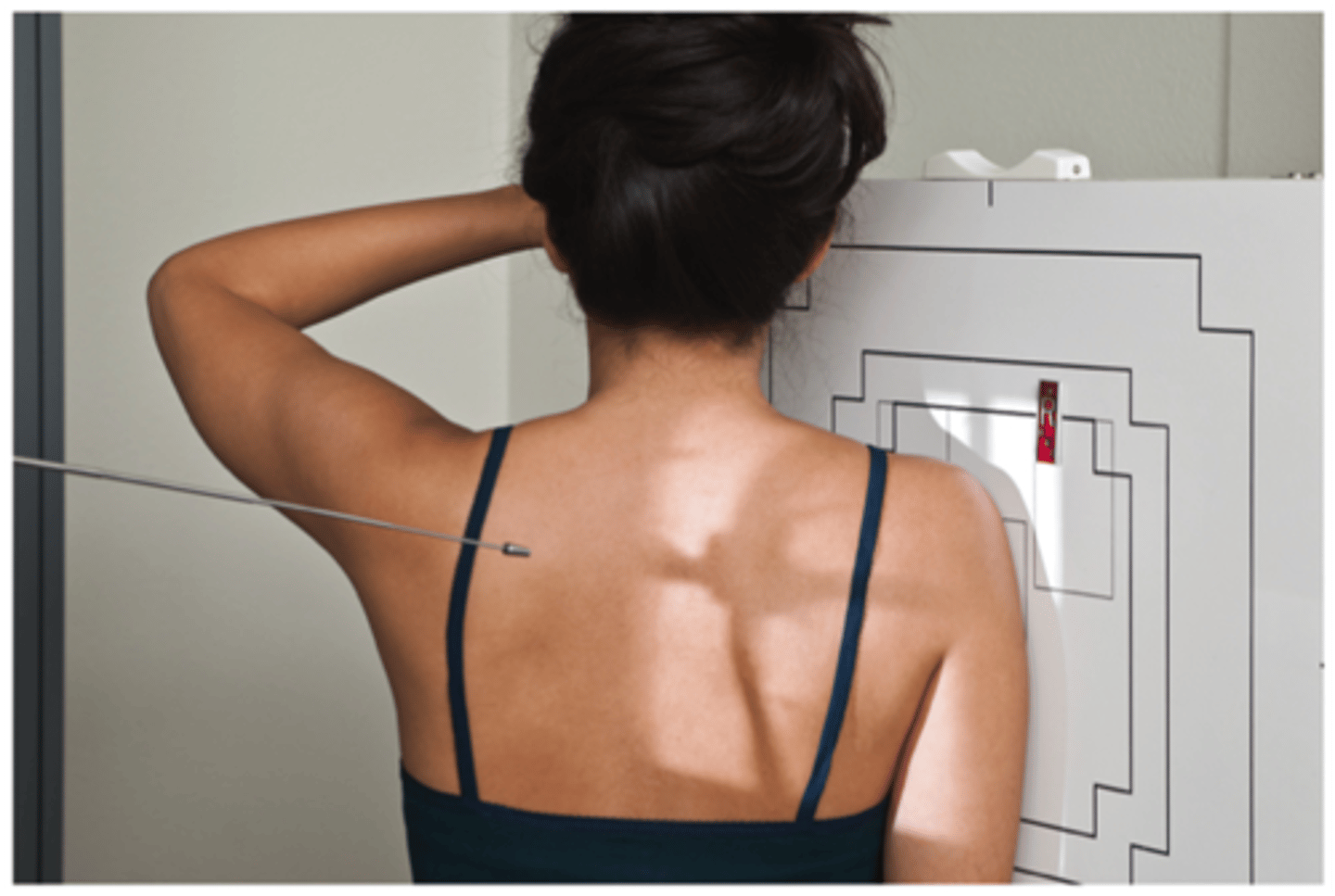
What pathology can be ruled out with the Neer method?
shoulder impingement
What does the Hobbs modification put in profile?
the proximal humerus
CR for Hobbs modification?
perpendicular to axilla and humeral head (patient is 5-10° anterior oblique)
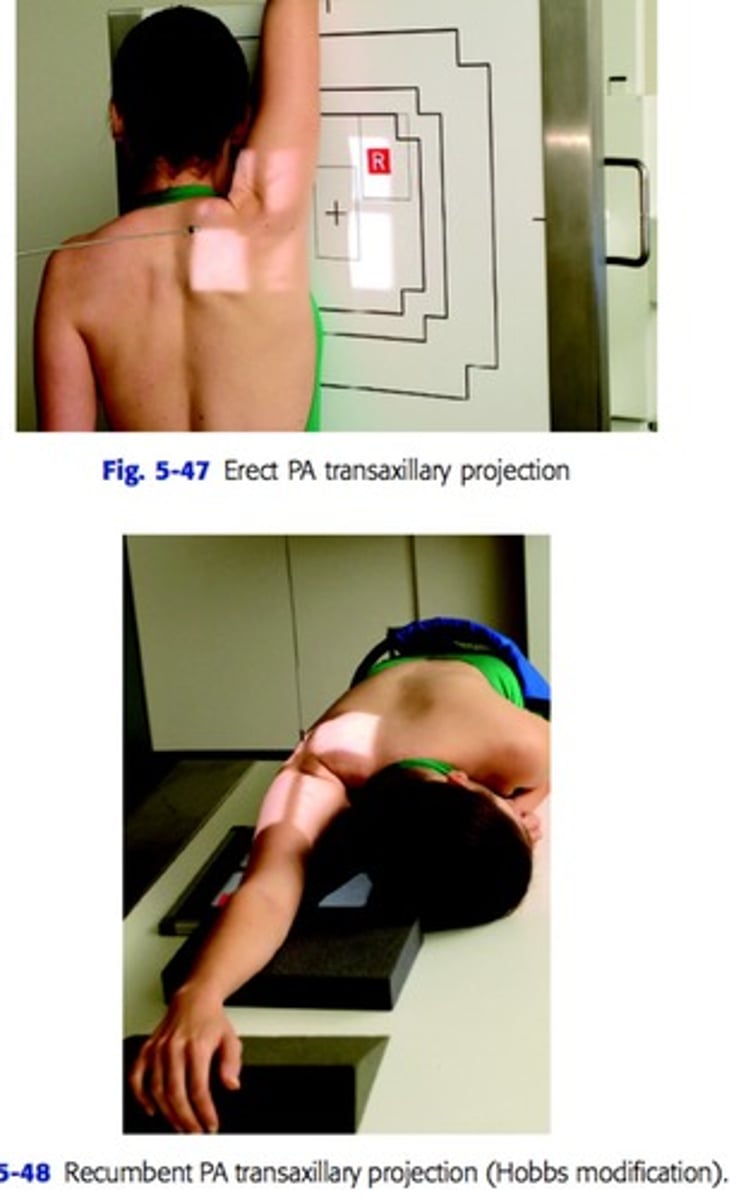
What pathology can be ruled out with Hobbs?
fractures, dislocations, bursitis, tendonitis, etc.
What does the Fisk method put in profile?
intertubercular groove
CR for Fisk method?
CR 10-15° from horizontal to intertubercular groove
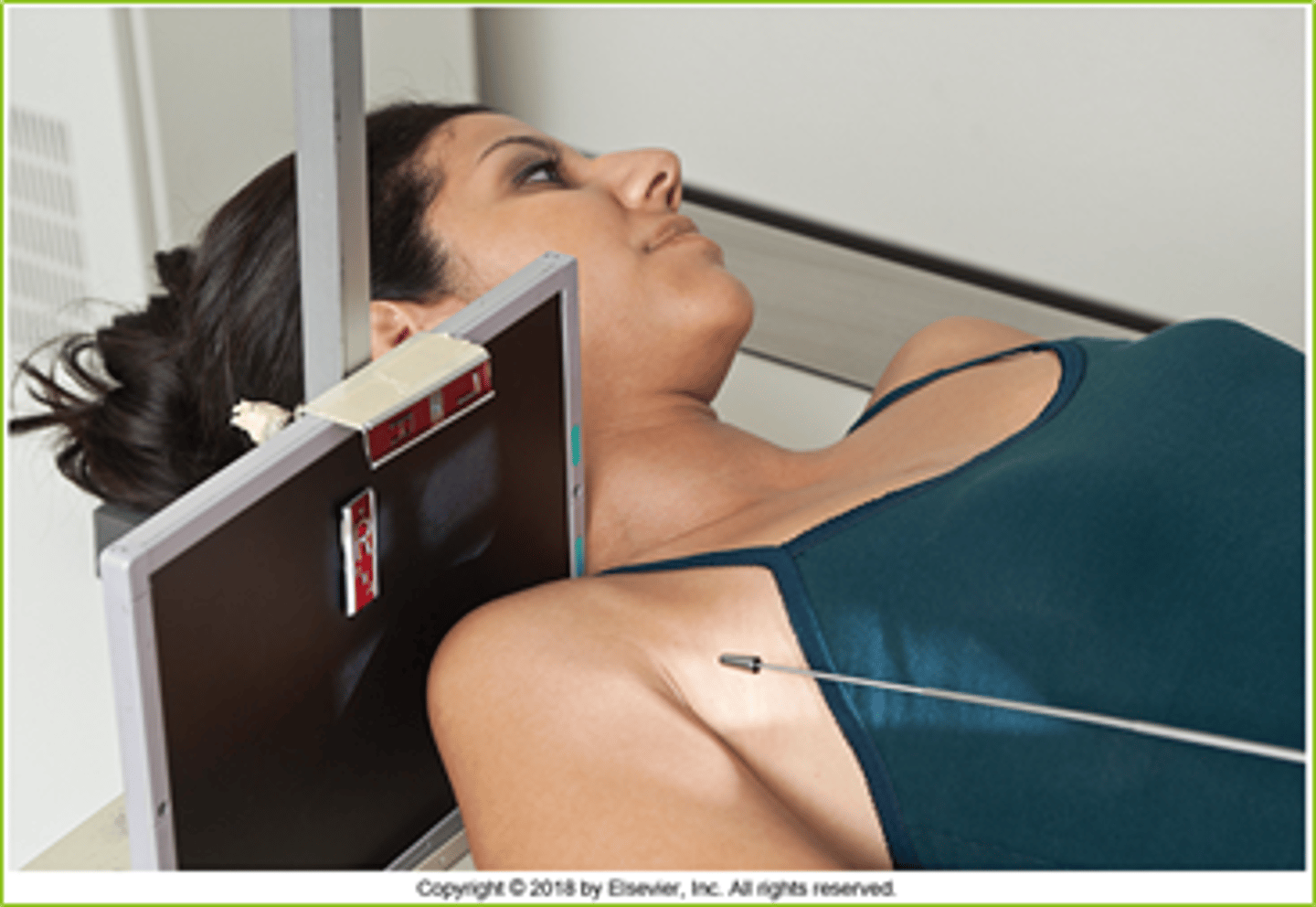
What pathology can be ruled out by the Fisk method?
bone spurs of tubercles and pathologies of the intertubercular groove
What does the Lawrence method put into profile?
coracoid process and lesser tubercle
CR for Lawrence method?
CR angled 25-30° medially to axilla and humeral head

What pathology can be ruled out with the Lawrence Method?
osteoporosis, osteoarthritis, and Hill-sachs defect with exaggerated rotation
What does the Clements modification put in profile?
lateral proximal humerus
CR for Clements modification?
center to axilla, CR angle 5-15° if patient cannot abduct arm 90°
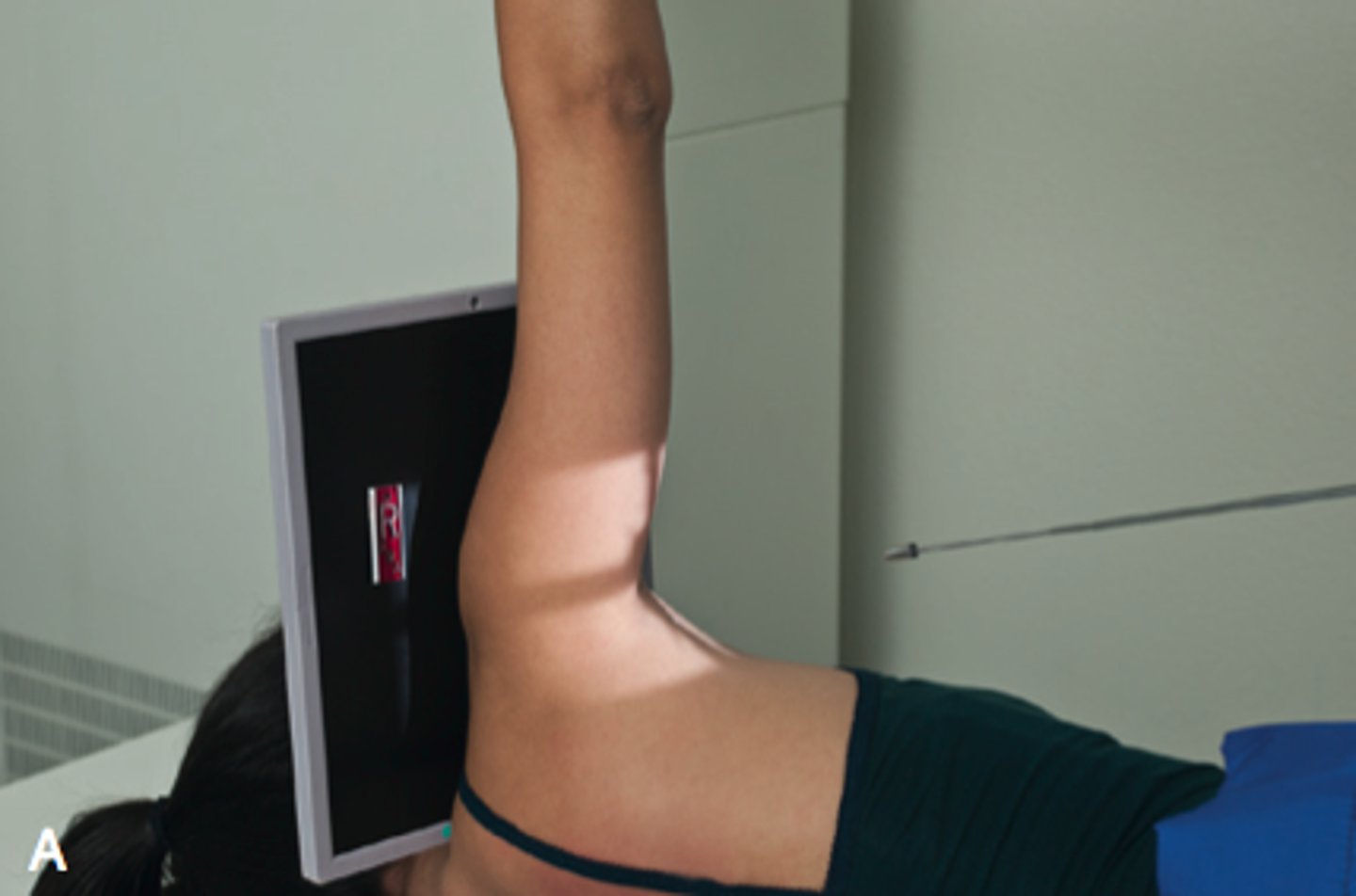
What pathology can be ruled out by Clements modification?
Hill-Sachs defect
What is in profile with the Grashey method?
glenoid cavity
CR for Grashey Method?
centered to scapulohumeral joint, patient is oblique 35-45° towards affected side
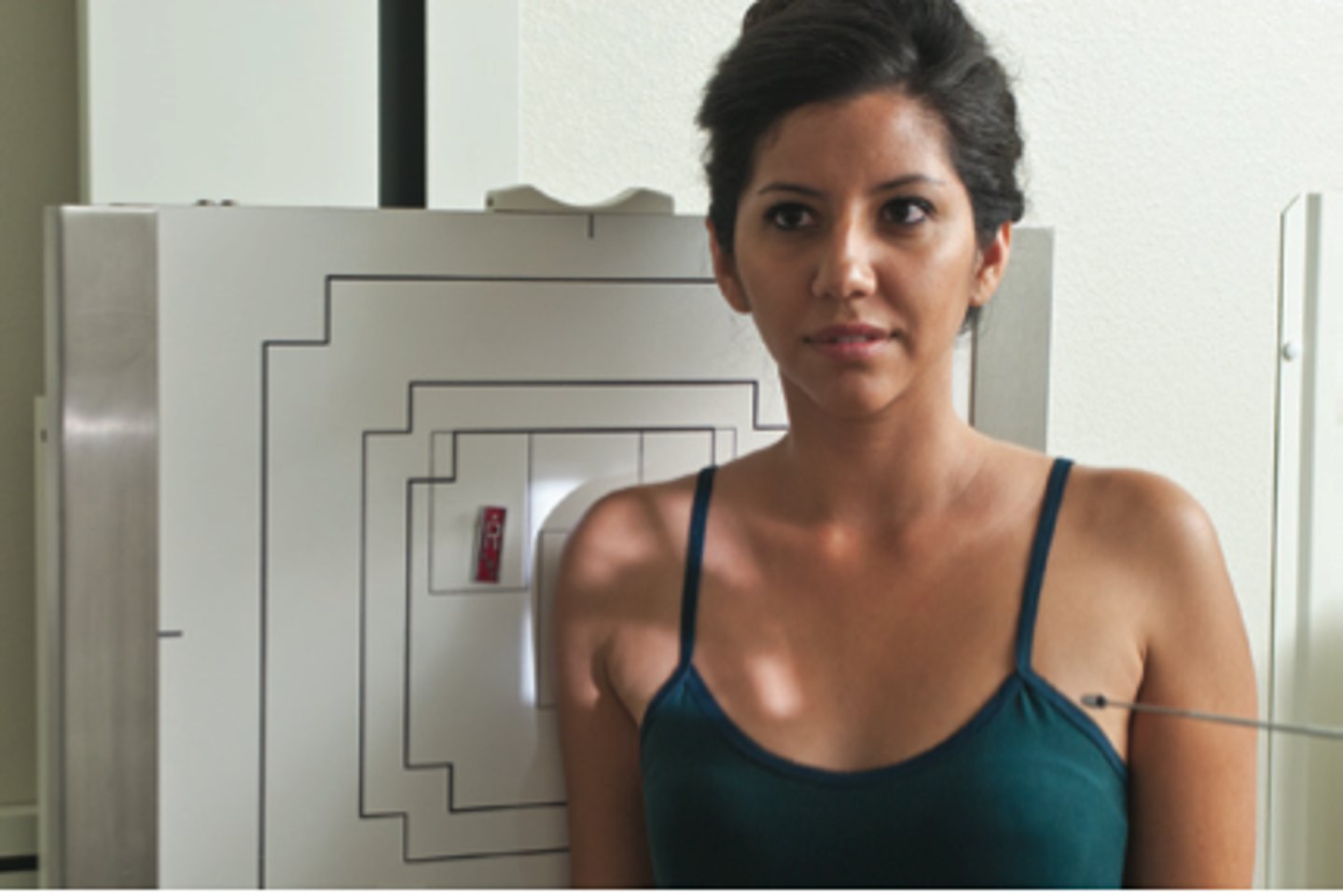
What pathology can be ruled out with by the Grashey method?
bankart lesion
What is in profile for the Garth method?
scapulohumeral joint
CR for Garth method?
CR angled 45° caudal to scapulohumeral joint, patient rotated 45° to affected side (this is a trauma projection!)
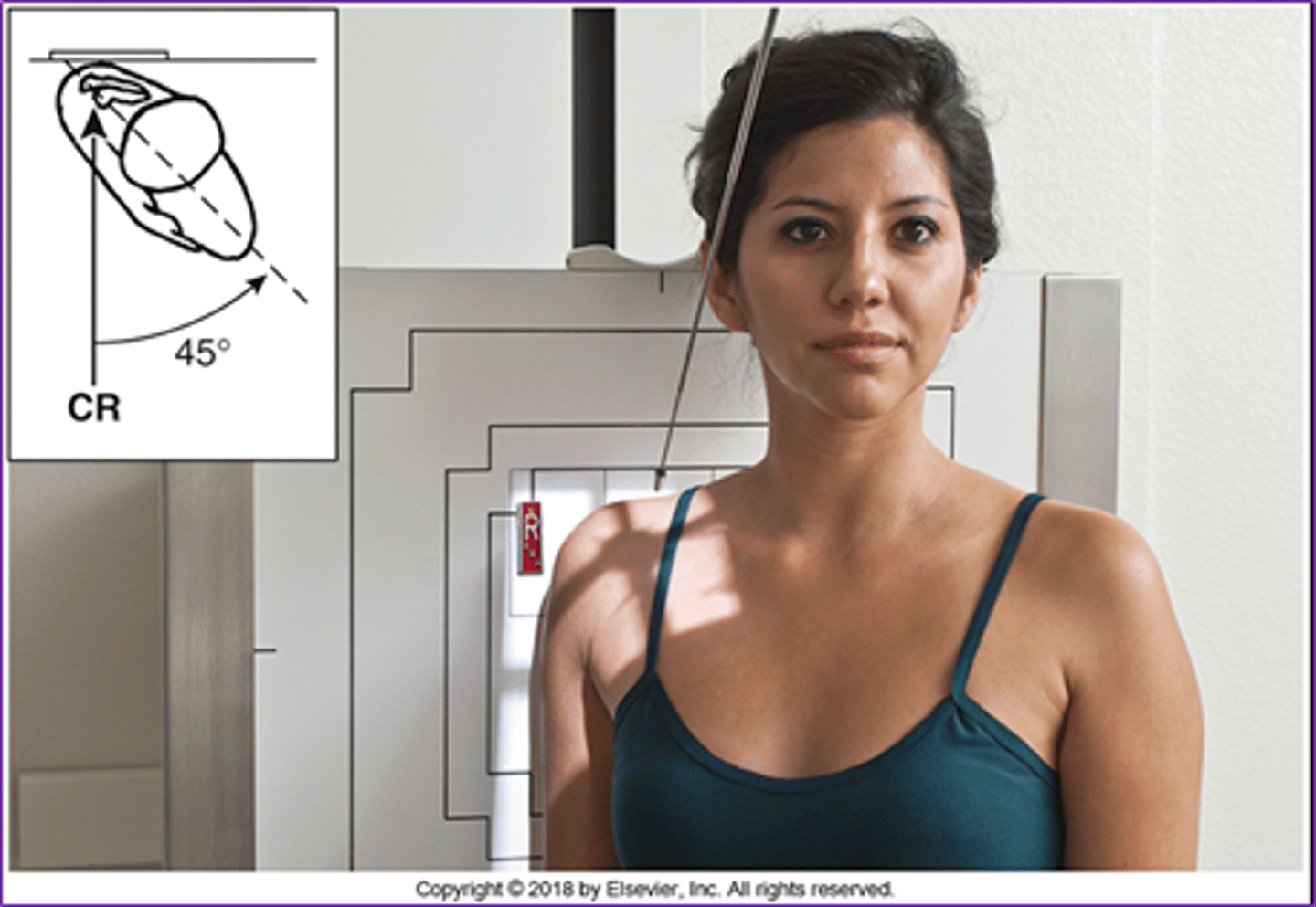
What pathology can be ruled out with the Garth method?
glenoid process fractures, Hill-sachs lesions, and soft tissue calcifications